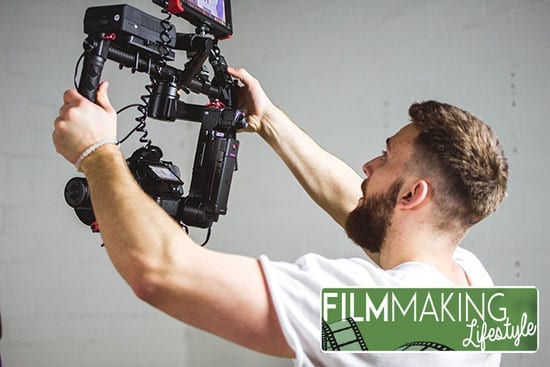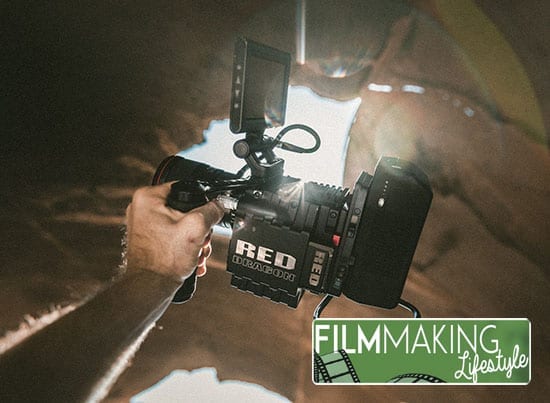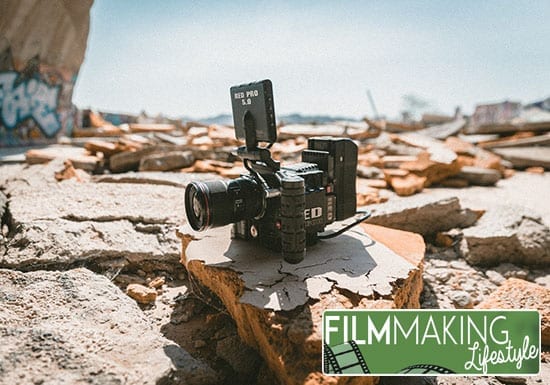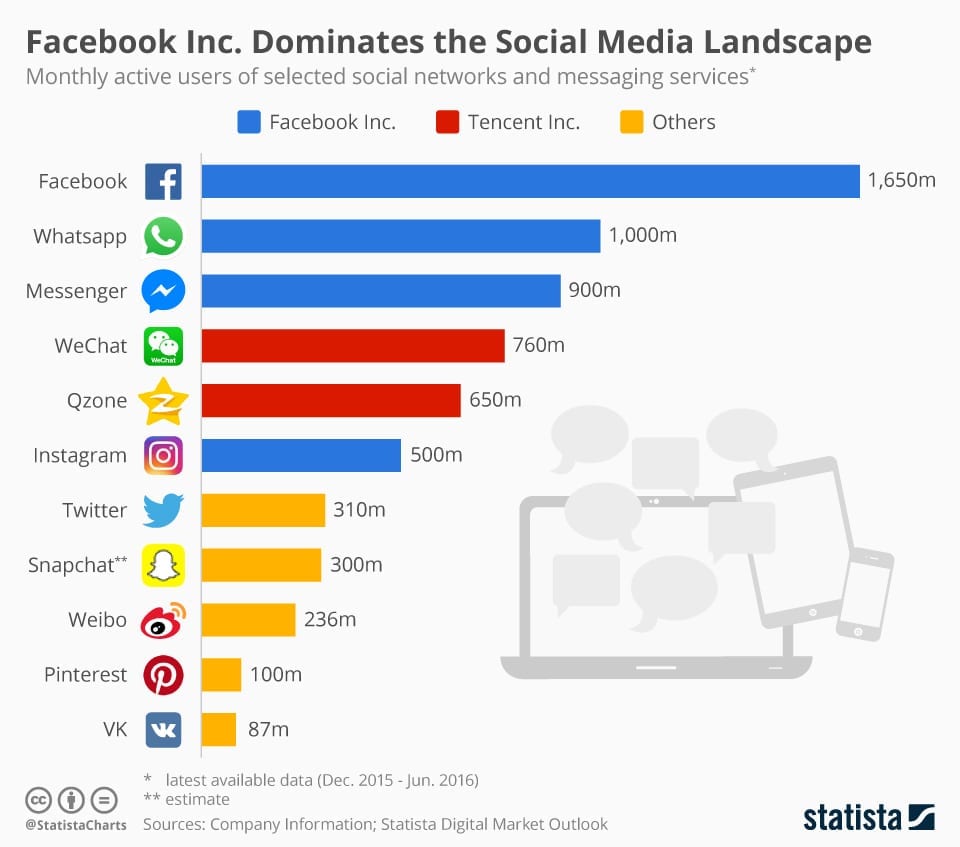The way Independent films are currently promoted and distributed is totally inadequate to handle the massive number of films that are currently being made. The film industry must find a way to promote and distribute small films (mostly) online in a financially profitable way or Independent film production is headed toward a sharp decline. This article sets out to cover strategies for indie film promotion in the rapidly changing digital age.
Indie Film Promotion – The Problem
Right now, more films are being produced, for less cost, than ever. However, the increasing number of festivals cannot adequately promote them. The number of theaters in the country is not keeping pace and the viewing habits of Americans are now inconsistent with watching Indies in Theaters.
This means that Indies are headed to the Internet with few exceptions. This revolutionary move to the Internet is happening under the nose of film industry experts and nothing is being done to accommodate it, from a promotion and distribution angle.
In fact, there is no promotional model currently in use that has applicability to the problem domain of Indie film.
However, there is hope on the horizon. By looking outside the film industry, we can see possible promotion and selling models that could give us clues for how to promote films to profitability.
Traditional Film Promotion
The norms of film promotion in the United States has not markedly changed since the day that home video was introduced.
Films are still, very often, expected to open in theaters around the country, secure a number of critic reviews, promote themselves through word of mouth and ads. Then after the theatrical release, make residual revenues in home video distribution (now VOD).
Despite the changes in the economics of filmmaking and the technology of distribution, this model remains the same today.
Independent films that lack the publicity funds for a booming opening day are expected to generate theater “buzz” through the festival circuit where small films can still get noticed.
This model, again, has not changed for decades. However, even though the model itself has remained unchanged, the dynamics underneath it are inexorably shifting.
The Sundance Film Festival Example
First, it’s worth checking: are there more Independent films really being produced now?
Let’s look at one of the most accepted barometers for Indie filmmaking in the United States: the submissions statistics at Sundance Film Festival.
Until recently, it’s been assumed that almost all Independent films in the U.S. submit to Sundance. We now have statistics to show that that might not be true. But for years, this was a valid assumption so let’s look at the numbers.
In 1993, Sundance had 250 submissions. From this point on, Independent filmmaking exploded. Submissions quadrupled to 1000 in 5 years, 1998.
Then it hit 2000 submissions in 2003; 3000 submissions in 2006, 4000 submissions in 2012 (Sundance website, 2017).
From 2012 to 2017 submissions levelled off presumably because filmmakers, knowing the diminishing chances of entry (1 in 200), started to submit to other festivals instead of Sundance.
Also note that in 1993 – when there were 250 films submitted – Sundance showed 140 of them! Currently, despite submissions going from 250 to 4,000, Sundance has only increased the number of films shown from 140 to 195! Taking your chances of getting in from around 60% to (less than) 1 in 200.
The Shifting Landscape of Indie Film
Why are so many Independent films being produced now?
This is largely due to the shrinking cost of filmmaking. Many filmmakers point to 2005 as a watershed. The Canon 5d was introduced at $3,500 and suddenly a camera capable of making a movie was affordable. Digital film became a possibility.
The physical celluloid was no longer a huge cost. Post-production was also revolutionized by Adobe’s software products. Instead of using a flatbed Steenbeck machine to edit 35mm film, any old PC will now do fine.
Since 2005, many other devices even less costly than the Canon 5d can make a theater-quality film. It is well known that Tangerine was filmed on an iPhone 5. (Newton, 2015)
Additionally, SAG now offers contract templates for both Low-Budget and Ultra-Low Budget film (budgets under $250,000) (SAG Website, 2017). Ed Burns famously made Newlyweds for $9,000 (Macauley, 2011). Mark Duplass tells the entire SXSW Film Festival audience to make their movie for $1,000 – most of your budget should be food, he says (Duplass, 2015)
The Future For Independent Filmmakers
So let’s say more Indies are out there. But where?
A cursory look at statistics readily available we can see that these films will not be seen in theaters. In 1998, when Sundance saw 1000 Indie submissions, there were approximately 34,000 screens in America (National Association of theater owners, 2017) and in 2016 with Sundance seeing four times the number of Indie submissions, the number of theaters in the US has increased only marginally to 40,000.
However, upon closer examination, the picture for Independent films is even worse. The #1 movie in 1998 was Saving Private Ryan which hit maximum exposure of 2,500 screens, at its height of popularity. Whereas last year’s release Guardians of the Galaxy, Vol 2, opened on 4,300 screens (IMDB, 2017).
This doesn’t bode well for our Indie filmmaker. If the number of screens in America has gone up 17% but the average blockbuster studio film is now taking up 72% more room then that would mean that Independent films are actually shown in fewer screens in America now than in 1998, despite their numbers quadrupling. Wow!
Fewer people are going to theaters, instead opting to enjoy films from their home. To draw ticket-buyers to the theater, Studios are increasingly relying on heavy special effects, 3D features, IMAX releases, etc…. these features, the very features that draw audiences presumably to walled theaters, are absent in Low-Budget Indies and therefore it makes logical sense that we won’t be seeing these films in theaters (nor at the video store) any time soon.
The Modern Expansion of Film Festivals
We know the number of Film Festivals (mostly) catering to small films has expanded. There are 204 film festivals in North America currently (Wikipedia, 2017). However, this explosion of festivals has not translated to an explosion of profitability of Indie films.
Notably, there are still just three major film festivals that are attended by distributors and film sales agents: Tribeca, Sundance and SXSW. The other 201 film festivals will have a harder time getting a distribution deals for their films. Without a distribution deal, these films are headed to recoup their costs online through VOD platforms like: Vimeo, Amazon, iTunes, etc…
But how will they recoup their costs when there is an ocean of content on the Internet? When trying to market your film online, a filmmaker can employ the Studio strategy: Massively spend on advertising (but you probably don’t have the funds).
Or you can use what every consultant will tell you to do: Stand out from everyone else. Be Creative. But let’s assume that you are already trying to Be Creative (capital B and C) and you want to know what else you can do.
Is there a system that can be employed to attract attention to all your films – a system that can be used regularly and reliably to market all films?
Hope for the indie filmmaker
There is hope for the Indie filmmaker for cheap online publicity and promotion. In fact, there is already precedent for it online if you know where to look.
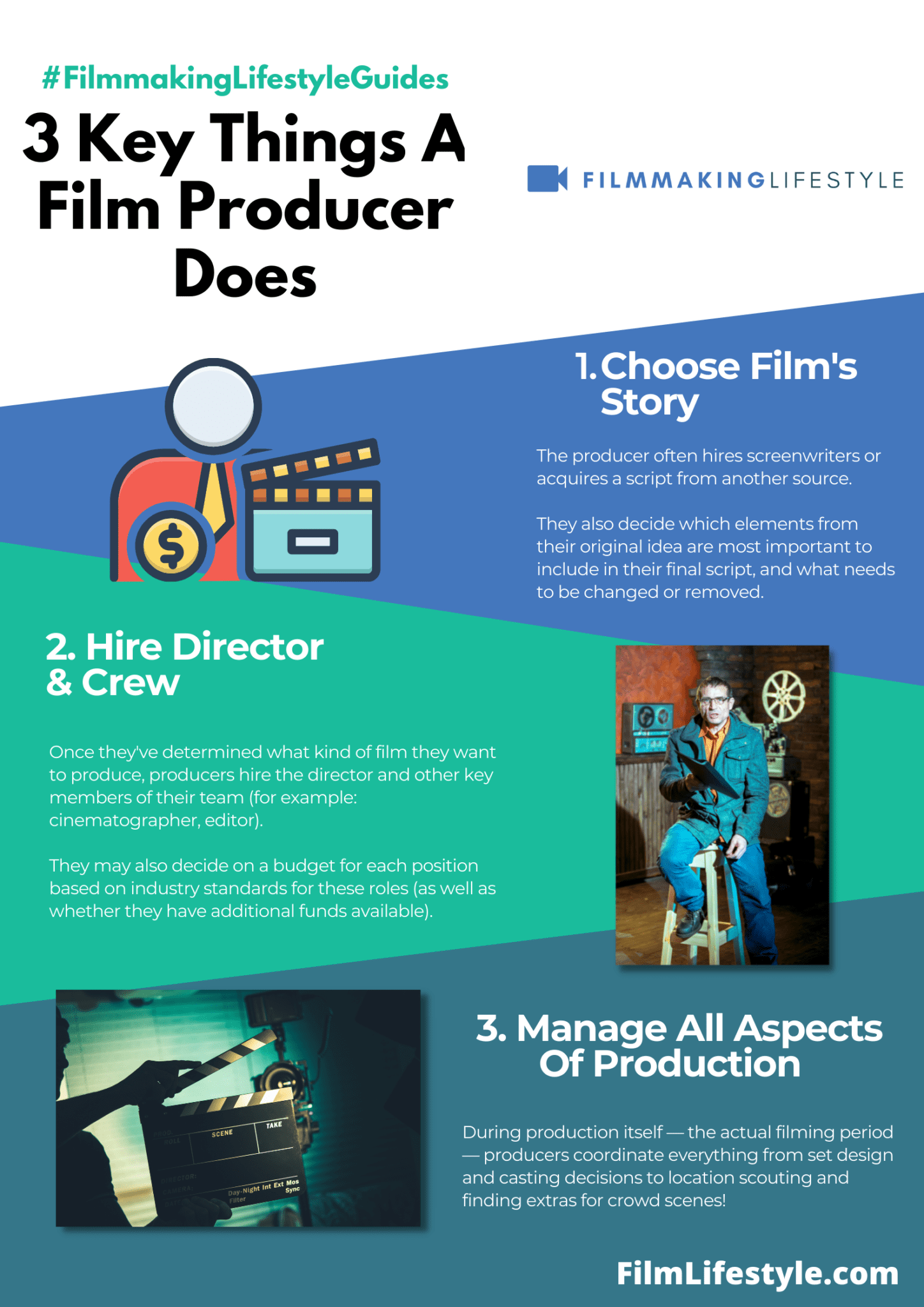
In the 2017 SXSW festival in Austin, while the filmmakers were busily trying to figure out how to market films online, just 10 blocks down the street a panel discussed how they might be able to do just that. Except it was attended almost exclusively by Fashion Bloggers and Makeup Artists.
That’s right – the cutting edge right now in low-cost, high-impact social media marketing is the make-up industry.
Elf cosmetics is a tiny firm in San Francisco with almost no budget for marketing but it made a multi-million dollar company for itself by focusing on building a relationship with just 50 micro-influencers (!), video makeup bloggers from around the country.
It supplied the bloggers with free makeup and commissions on any sales the bloggers could facilitate. Then it solidified this relationship by holding a makeup summit inviting all 50 bloggers for a free weekend of wining, dining and pampering in San Francisco.
These 50 product champions were paid nothing outside the (admittedly non-trivial) cost of the yearly retreat but reached millions via YouTube and Instagram. (Tode, 2017)
DIY Marketing in the Digital Age
A second example, and another small makeup maker, is Glossier. On Hubspot, Karla Cook outlines some of the best online campaigns as of 2017, each of which is labeled “Influencer marketing.”
Here we are marketing to targeted representatives advocating your brand – instead of burning up funds and resources going direct to your customers.
In the Hubspot article, we see multiple Influencer Marketing strategies that also range in cost. A lot of the large brands invest heavily in high profile, high-demand, Instagram celebrities like DJ Khaled or Kendal Jenner, but we also see a lower cost strategy at Glossier that sounds exactly like Elf.
Glossier leverages “super fans and micro-influencers” – i.e. “regular woman” – to spread the word. Sometimes we see these influencer campaigns paying commissions to their influencer networks and sometimes the company finds ways of motivating their influencers and super-fans through non-monetary methods like free product or special status. (Cooke, 2017)
Indie Film Promotion in the Digital Age
This strategy could lend itself well to our new world where film bloggers are popping up everywhere:
- Rotten tomatoes has 2300 film critics registered,
- Metacritic has another 2400,
- And even film video bloggers populate YouTube.
Websites that specialize in horror or comic book based films are everywhere. There are substantial support systems now for socially conscious Documentaries, LGBT films, as well as other film niches.
Wherever you look, influencers will be found to support a film depending on its topic. The future of Indie film is in targeting an influencer audience either by online critics or special interest communities and promoting your film to audience and influencers for real financial success for your art.
The makeup industry has inadvertently polished a model that could help the Independent filmmaker make money online. Executed on a broad scale, effectively, this can create a new economy for filmmakers. And that isn’t just lipstick on a pig.
About Project Lodestar, UCLA Film Studies
For the financially minded Filmmaker. Do you think that a good start to a career as a filmmaker is showing you can make a (good) film that makes more money than it cost? We do.
If you agree, then we are talking to you. Maybe you are using their family’s money, your own money or maybe you just don’t want to lose your investor’s cash. To those filmmakers: Listen Up. There’s a UCLA Research Project that you should be paying attention to.
What makes small films successful and profitable in the new Digital age is what Project Lodestar is about. Can you “Moneyball” your cast? That is, can you find cast that is feasible for a small budget but will guarantee returns on your budget dollars spent?
What genres are most reliable and is that changing from 5 years ago? We are not looking at outliers but rather averages and, in fact, we are trying to remove the outliers since they tend to throw off the curve.
If you or someone you know has developed a small film, send us your case study and contribute to the overall body of information. Once we have crunched the numbers, we will have the Good, the Bad and the Ugly news that you can use to inform your next films!
Daniel Harlow started his career at UCLA, in the Computer Science Department. Daniel ran an I.T. Consulting firm for 20+ years, with offices in San Francisco, San Jose, Oregon, North Carolina, Arizona, New York, and Minneapolis before making his exit and starting his career as a Professional Golfer.
However, his golf career was short-lived realizing that the inability to get out of a bunker at the age of 45 would likely be a big obstacle to his goal of winning the US Open. Never one to be daunted by the odds, he now approaches the fast-changing world of Film and Entertainment.

